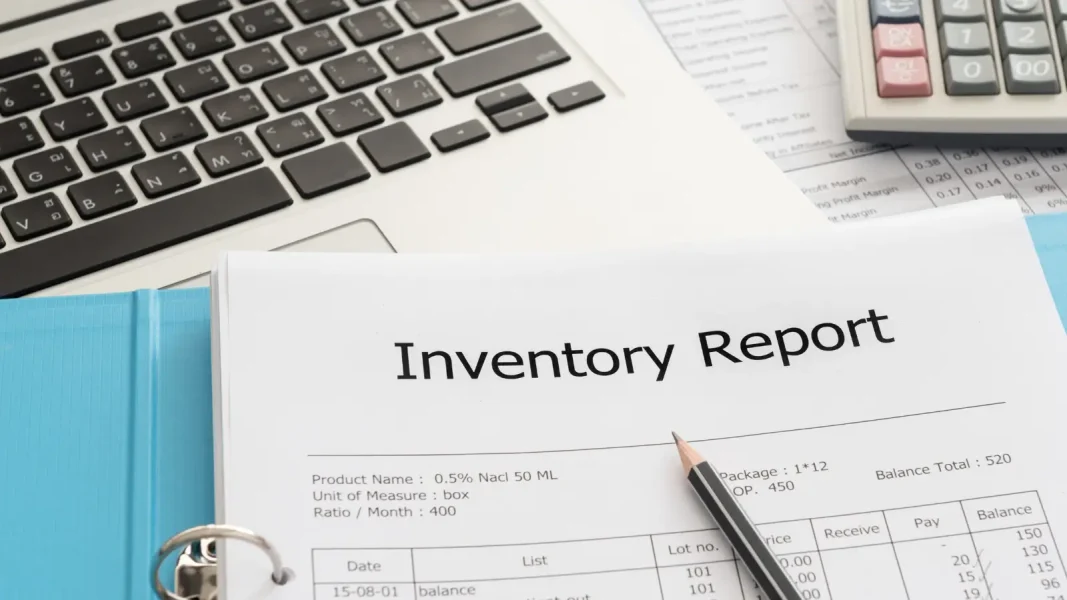In an increasingly competitive economic environment, effective supply chain management has become an imperative for companies wishing to maintain their competitive advantage. Faced with this challenge, the use of appropriate technological tools is essential.
While some people instinctively turn to ERP Supply Chain modules or Excel spreadsheets to manage their operations, it is crucial to recognize the limits of these general approaches and the concrete benefits offered by dedicated Supply Chain solutions.
1. ExceL's limits
Excel has long been a tool of choice for many businesses to manage their supply chain.
However, as operations become more and more complex, Excel’s limitations quickly become apparent. Manual data entry, the propensity for human error, and the difficulty in processing large amounts of information often result in considerable wasted time.
Additionally, Excel spreadsheets are not designed to facilitate real-time collaboration between different supply chain stakeholders, which can lead to delays and inefficiencies.
Although widely used and easily accessible, Excel has significant limitations when used to manage a company’s Supply Chain.
Excel is limited in terms of data volume and processing. Although it can be used for simple inventory management tasks or order tracking, it quickly becomes ineffective when the volume of data increases. Excel spreadsheets can become heavy, slow to load, and error-prone when thousands of rows of data need to be managed.
In addition, Excel is highly dependent on manual data entry, making it vulnerable to human error. Users may enter numbers, formulas or cell references incorrectly, leading to data inconsistencies and business decisions based on incorrect information.
Finally, Excel has limitations in terms of collaboration and real-time information sharing. When multiple people are working on different versions of a spreadsheet, it can be difficult to maintain data consistency and ensure everyone has the most up-to-date information. This can lead to delays in ordering processes, errors in production planning and ineffective coordination with suppliers and business partners.
2. The limits of so-called classic ERPs to optimize your Supply Chain
Enterprise Resource Planning (ERP) systems are widely used in many businesses to manage a range of business processes, including procurement management.
However, not all ERPs are created equal and many have gaps when it comes to supply chain-specific functionality. In many cases, Supply Chain modules included in ERPs are rudimentary and do not meet the specific needs of the company.
First of all, the functionalities specific to Supply Chain management in ERPs are often limited. These systems are designed to cover a wide range of business processes, from accounting to human resources management, which means that supply chain functionality may be generic and not meet the specific needs of each business. For example, inventory management, production planning and supplier coordination may not be as thorough as in a dedicated Supply Chain solution.
Additionally, customizing ERP modules to meet the specific needs of the Supply Chain can be complex and expensive. ERPs are often rigid in their architecture and require significant modifications to accommodate each company’s unique business processes. It may lead to implementation delays and budget overruns, with no guarantee that the final system will fully meet the needs of the Supply Chain.
Finally, integrating the Supply Chain into a general ERP system can present risks. Updates or changes to other ERP modules can have unforeseen impacts on supply chain management, leading to interruptions in the supply chain and disruptions to business operations.
3. The advantages of a dedicated Supply Chain solution:
Opting for a Supply Chain solution offers a series of significant advantages over Excel-based approaches or generic ERP systems.
These solutions are specifically designed to address the unique challenges of supply chain management, offering advanced features such as demand planning, inventory management, shipment tracking and real-time visibility into the entire supply chain.
Additionally, dedicated Supply Chain solutions are often integrated with other business systems, enabling seamless collaboration between different departments and business partners.
A dedicated Supply Chain solution offers many advantages over using an ERP or Excel to manage a company’s supply chain.
First, a dedicated Supply Chain solution offers features specifically designed to meet the unique needs of Supply Chain management.
These features can include advanced inventory management, demand planning, supplier collaboration, product traceability, and transportation management. By using a dedicated solution, businesses can benefit from more specialized tools tailored to their specific business processes.
Additionally, dedicated Supply Chain solutions typically offer better integration with other systems and business partners.
They are designed to easily integrate with third-party software, such as ERP systems, warehouse management systems (WMS), and e-commerce platforms. This enables smooth data communication and effective collaboration throughout the supply chain.
Finally, a dedicated Supply Chain solution offers improved end-to-end visibility and traceability. Businesses can track and monitor the movement of products from suppliers to end customers in real time, enabling them to make more informed and responsive decisions.
This can lead to reduced costs, improved customer satisfaction and overall optimization of business operations.
In addition, a crucial functionality offered by dedicated Supply Chain solutions is the facilitation of sales forecasting.
The advanced demand planning (APS) tools built into these solutions help analyze historical sales trends, market data, and other relevant variables to generate accurate forecasts of future demand.
This capability is essential for optimizing stock levels, minimizing out-of-stock situations and respond effectively to fluctuations in demand. In Excel, the creation of sophisticated forecasting models is often tedious and error-prone, while in traditional ERP systems, forecasting capabilities may be limited and fail to take into account all factors relevant to accurate demand planning.
– – – – – – – – – – – – – – – – – –
In conclusion, using a dedicated Supply Chain solution offers many advantages compared to using an ERP or Excel. It enables businesses to benefit from specialized features, better integration, increased visibility and easier sales forecasting, resulting in more efficient supply chain management and better competitiveness across the world. the market.
While Excel spreadsheets and ERP have their place in the corporate technology landscape, they have significant limitations when it comes to effective supply chain management.
For companies keen to optimize their operations and remain competitive in the global marketplace, investing in a dedicated Supply Chain solution is a wise choice that can bring tangible benefits in terms of efficiency, profitability and customer satisfaction.






